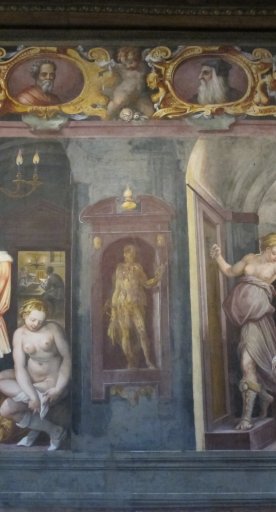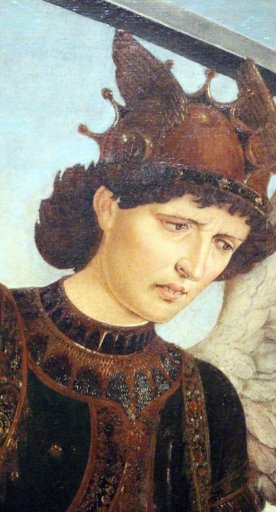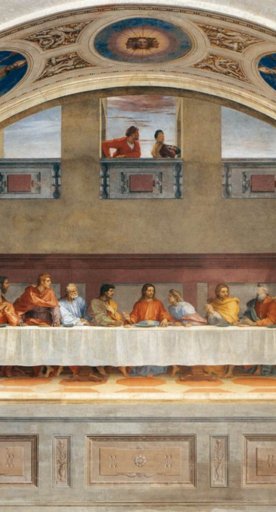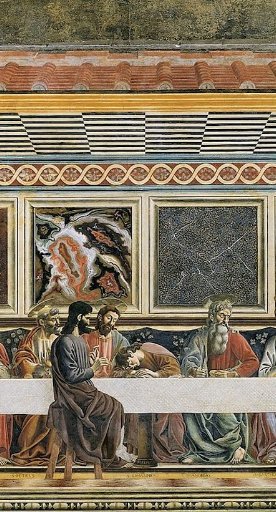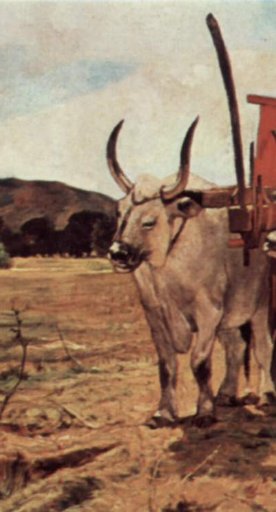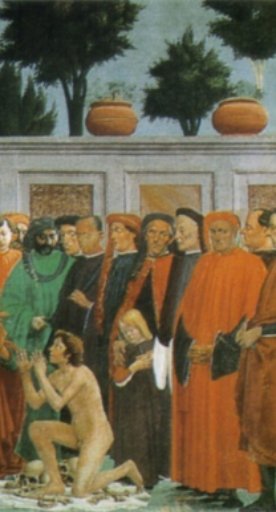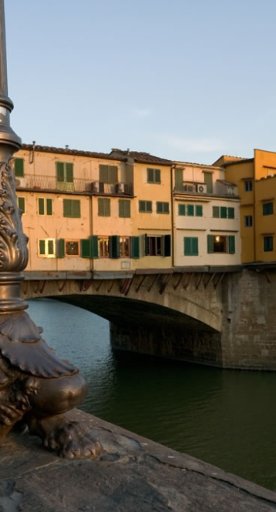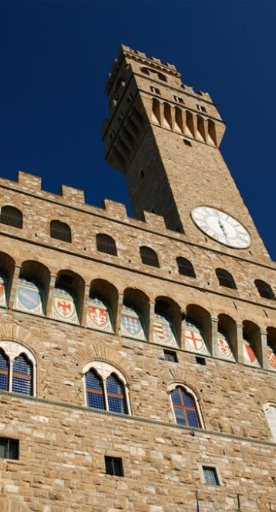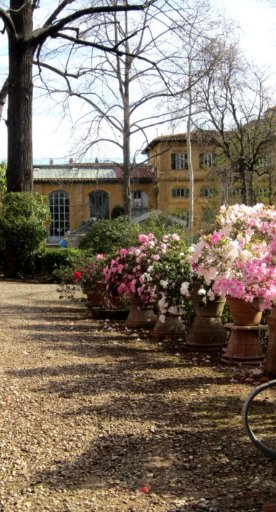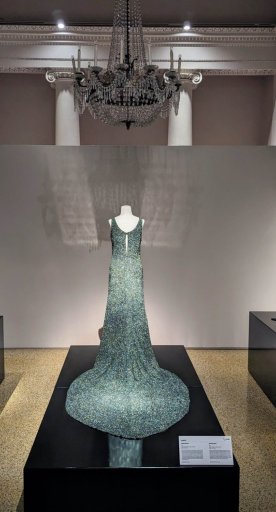Boboli Gardens
An open-air museum put in place by the Medici in Florence
The Boboli Gardens are the key green space in Florence and a treasure trove of nature and art. Implemented by the Medici family, this is one of the largest and most elegant Italian style gardens in the world. Essentially an open-air museum, its sculptures date from the Roman age up to the 17th century.
From the 16th to the 19th centuries, architects including Vasari, Ammannati and Bernardo Buontalenti worked on the Boboli Gardens, creating a tapestry of styles unlike that of any other setting.

Visit Boboli and you’ll discover new things at every turn: you begin at the Amphitheatre, dominated by the giant Egyptian obelisk that arrived from Luxor and was placed here in 1789. Venture further and you’ll find the Neptune Fountain, known as “Nettuno del Forcone” (Neptune with a Pitchfork), in which Stoldo Lorenzi depicts the god of the sea gripping a trident.
At the peak of the hill, the forceful Statue of Abundance stands out; Giambologna used Joanna of Austria, wife of Francesco I, as inspiration for its face.
Going up toward the Porta Romana gate, and beyond the Prato dell’Uccellare, you’ll come upon the Viottolone, literally translated as a “giant lane,” a gorgeous boulevard lined with cypress trees and statues that leads all the way to piazzale dell’Isolotto.
Here Giambologna’s huge Fountain of Oceanus stands out. It is surrounded by three sculptures depicting the Nile, Euphrates and Ganges rivers, in addition to other statues comprising a range of themes, from the classical (Perseus on horseback, emerging from the water) to the more folkloric and people-centric (groups of children playing).
Don’t miss the pastel green Kaffeehaus, instituted by the Lorraine family in 1775, the Limonaia and the Palazzina della Meridiana, which houses the Museum of Costume and Fashion.

We’ll end our visit with the famous Grotta Grande, which Buontalenti worked on from 1583 to 1593 on a commission by Francesco I de’ Medici. It is an extraordinary combination of painting, sculpture and architecture where, up until 1924, Michelangelo’s famous incomplete Prisoners or Slaves sculptures were located (they are now housed in the Accademia Gallery).
The common thread you see is how informal matter, through alchemy, creates harmony: rocks, stalactites and shells on the grotto walls are composed of human and animal figures, carved by Pietro Mati.
Two final fun things to see: the original Bacchino Fountain from 1560, which depicts the Medici court dwarf Nano Morgante as god of wine and revelry Bacchus, perched atop a turtle, and the monumental bronze head by Igor Mitoraj in the Prato dell’Uccellare, which stayed in the garden after the Polish artist’s 2002 exhibition.
Accessibility information: uffizi.it
